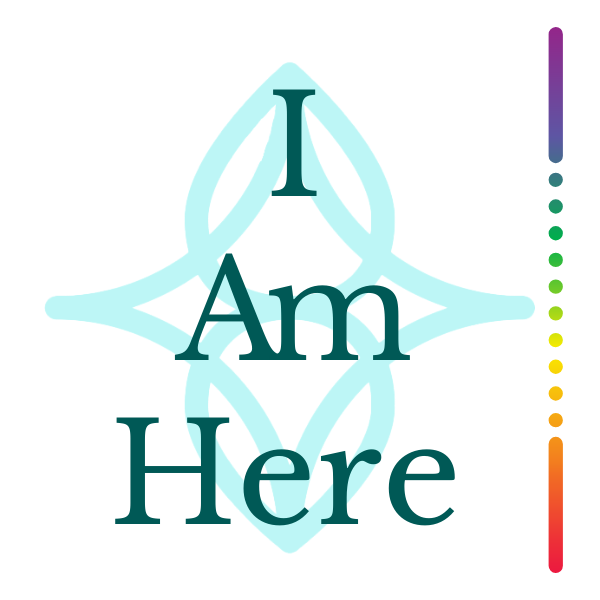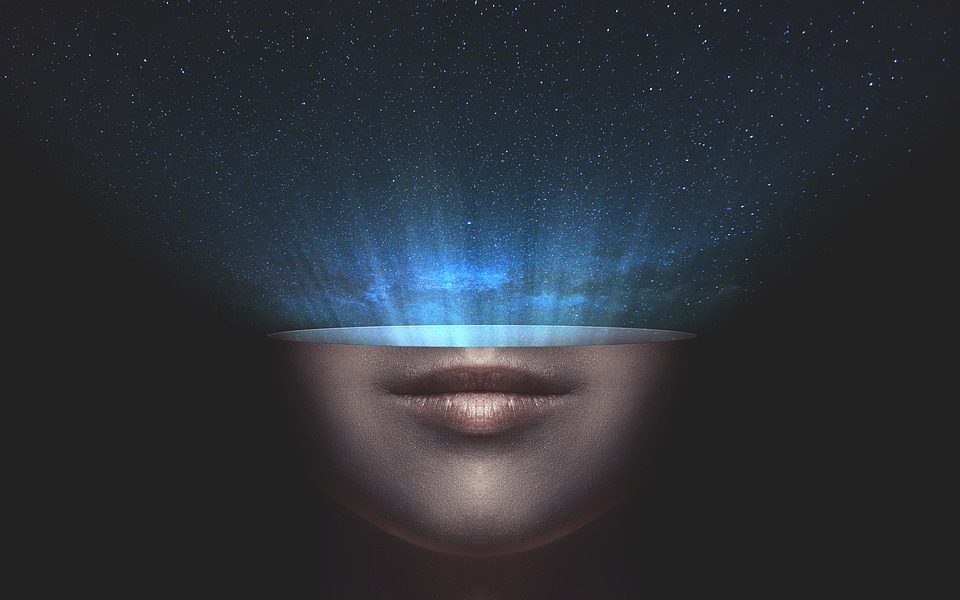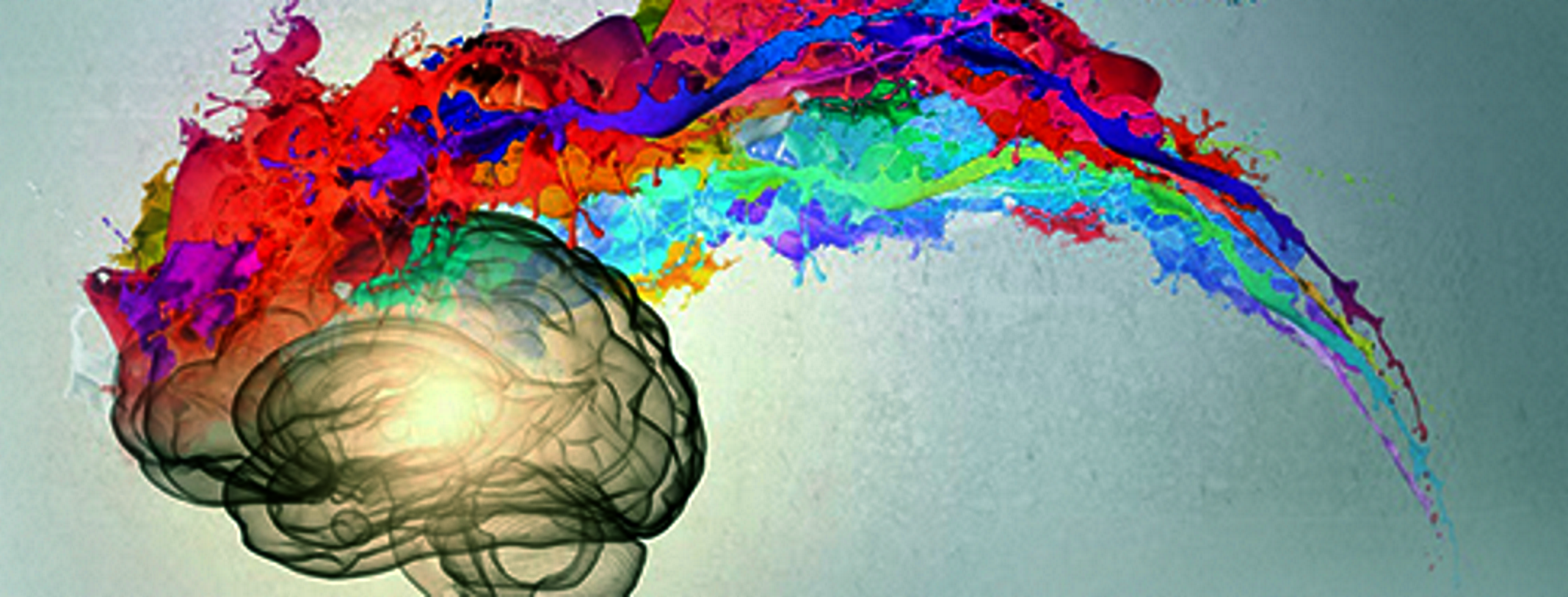Humans are capable of super-sight – they can even see one photon at a time. For the first time, there is scientific validation of the tremendous possibilities of human vision in perceiving energy of a more subtle nature than the grosser physical norms. Strong emotion, even when it’s repressed, gives off subtle forms of light through chemical reactions, as does the build up and/or release of stress. What stands between possibility and experience is the restrictive power of limited belief systems. To put it simply, all that stands in our way is the fear of insanity.
Jonathan Tinsley at Vienna’s Research Institute of Molecular Pathology and colleagues in Austria and the US built a gadget able to send one photon at a time to a person’s eye or nothing at all. When they tested three healthy men, aged in their 20s, the subjects correctly identified the presence of a photon with a probability above chance. The experiment and device were published in Nature Communications.
While cones in the retina are responsible for detecting color, in dim light it’s the rods that come into action. There some 120 million rod cells in the eye, compared to six million or so cones. And while cones are focused in a densely packed patch of cells in the center of the retina, rods are everywhere else.
Studies in the 1940s found people could detect as few as five or seven photons at a time. But the technology to test fewer photons has been lacking until now. At the laboratory in Vienna, one photon, called the signal, was sent to a subject’s eye, while the other, the idler, was directed to a super-sensitive detector. They were a bluish color, around 500 nanometres in wavelength, because rods fire strongest when they’re hit with such photons.
Three subjects were chosen for 30,767 trials. They sat in a dark, sound- and light-insulated room, wearing headphones. Their heads were kept still on a bite bar and headrest, and they were asked to fix their right eye on a very dull red light. During each trial, the men were shown two light stimuli – one where a single photon was fired into the eye into a rod-dense part of the retina, and the other which was completely dark. They were asked to say which of the two had the photon. After they gave their answer, they were told through the headphones if they were right or wrong, and the next trial followed.
Overall, they found the probability for a correct photon detection was 0.516, or 51.6% of the time. This may seem only just above chance, but over the 30,000-odd trials, the researchers claim this is a statistically significant result. Regarding belief systems about seeing subtle energy, there is an interesting twist: if a subject was told they had successfully detected a photon, they were more likely to give a correct response in the next trials – 56%, in fact – for up to 10 seconds.
You might also enjoy: Can Humans See Magnetic Fields?




